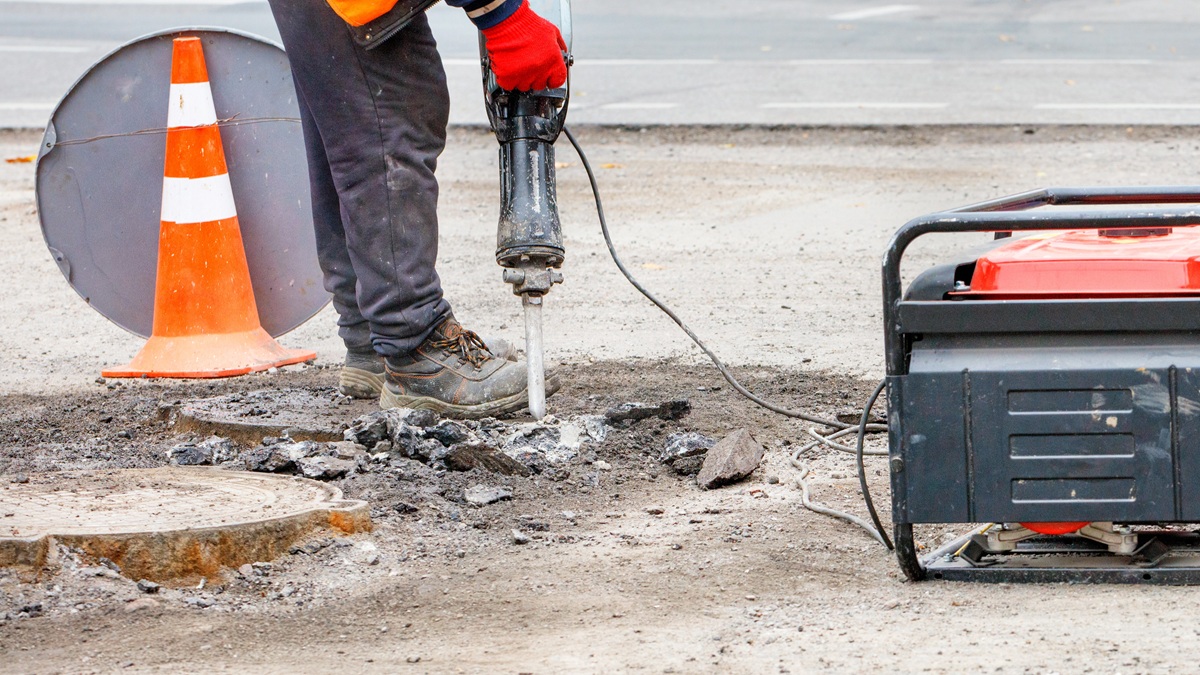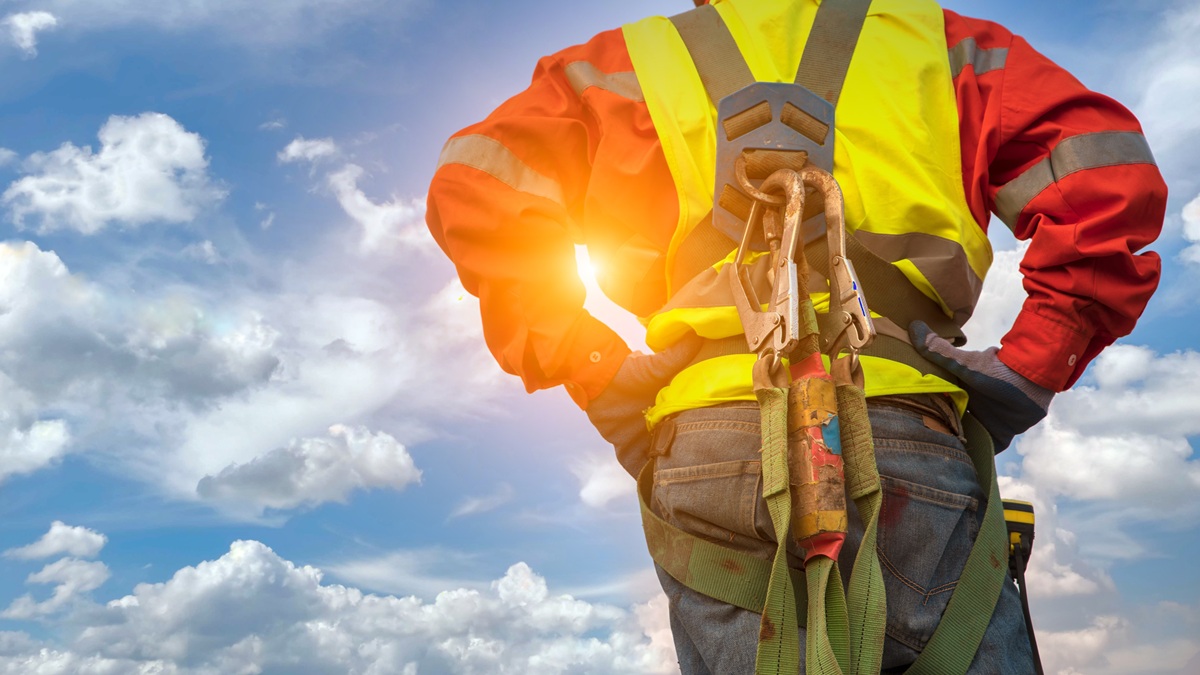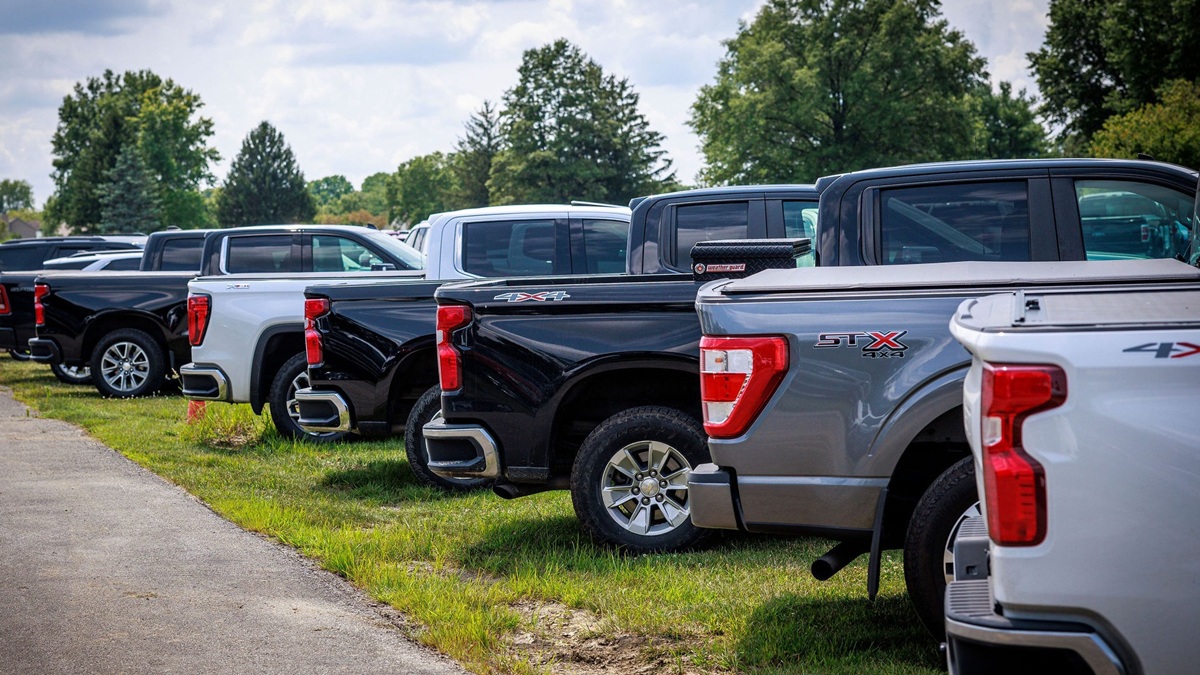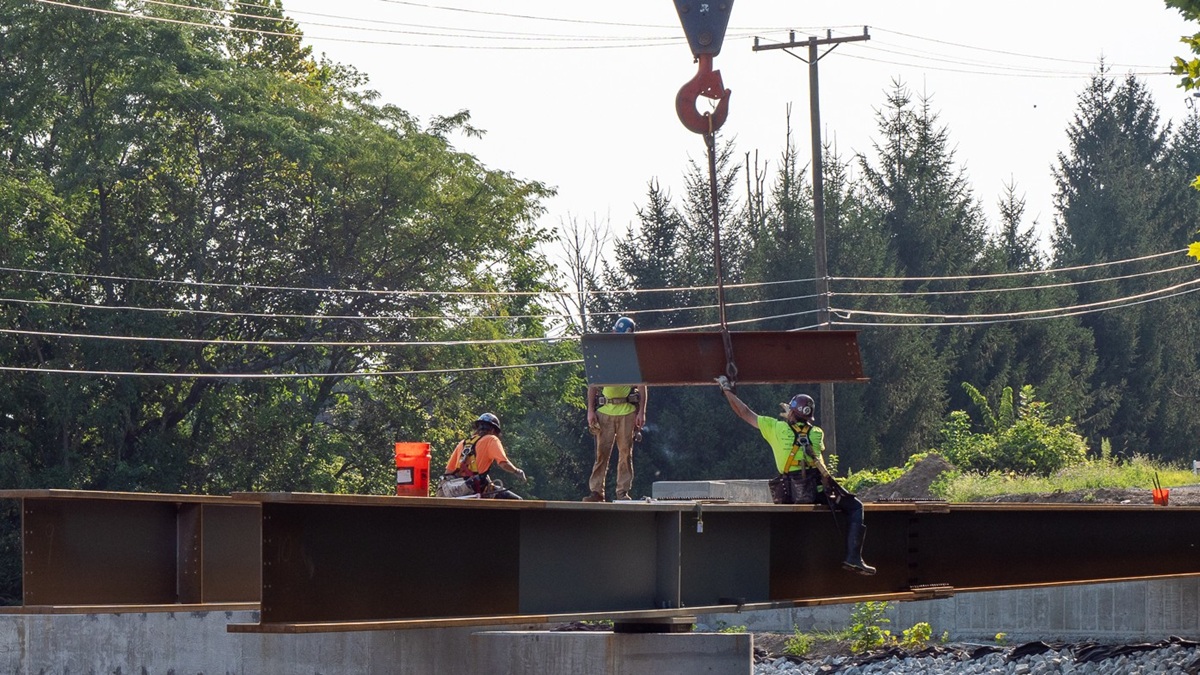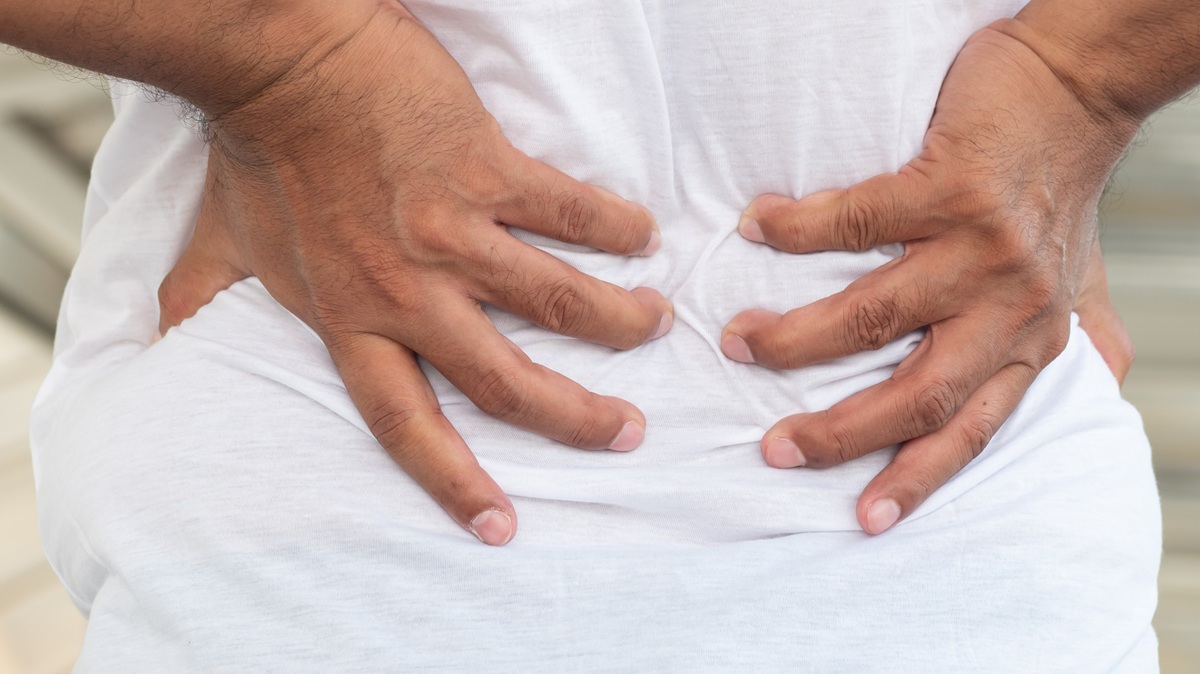Chipping and hammering for concrete removal are common work activities in bridge work and repair. Workers use compact pneumatic chipping hammers and jackhammers to do the job. These compact battering rams pack a lot of punch, and they can be dangerous if you don’t use them properly. Here are some common-sense tips provided by tool manufacturers.
Wear the Correct PPE
- Safety glasses.
- Face shield.
- Hearing protection.
- Hard hat.
- Gloves.
- Durable work boots with protective toes.
- N95 or greater respiratory protection unless you’re using water for silica dust control.
Inspect Before Using
- Inspect the jackhammer or chipping hammer for damage and make sure all controls and safety interlocks work properly.
- Check all couplings and accessories on all compressors and ensure that only correct, compatible couplings are in place.
- Make sure safety or holding pins used on all hose connections are in place.
- Inspect the safety clip or tool retainer for proper operation. This prevents you from unintentionally shooting the chisel or tool from the barrel.
Beware of Air Under Pressure
- Never exceed the tool’s designated operating pressure.
- Never point a compressed air hose at yourself or anyone else.
- Never use compressed air to blow dirt or debris from your clothes.
- Always disconnect the tool when you’re not using it or when you are changing accessories.
Proceed with Caution
- Make sure that loose clothing doesn’t get caught in the equipment.
- Verify that workers won’t encounter electrical or gas lines while performing the work.
- Keep both hands on the tool.
- Watch for excess lengths of the air hose, which can cause a tripping hazard.
- Properly position your body while moving and using the equipment.
- Allow the tool to do the work by using a grip light enough to maintain control.
- Discontinue use if numbness, tingling, pain or discoloration of the skin occurs.
- Always follow any manufacturer special instructions.

